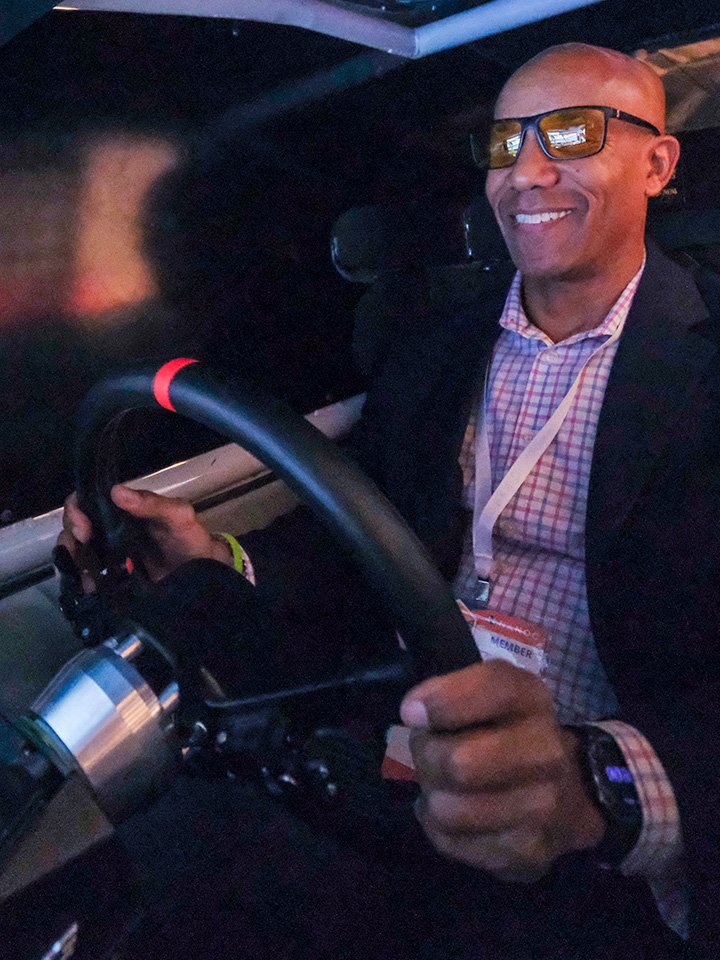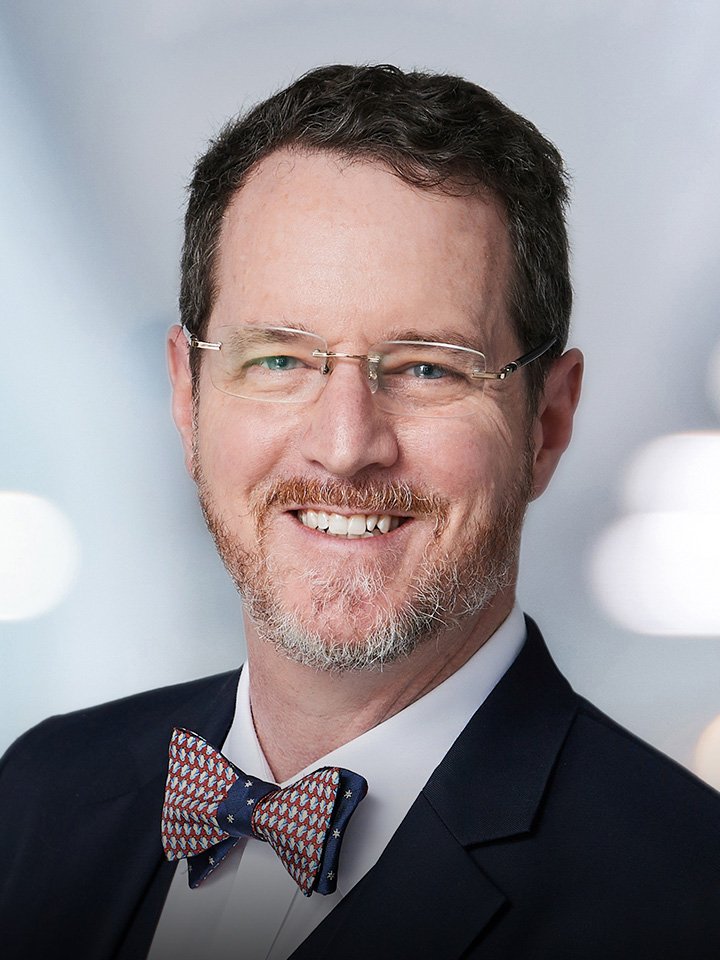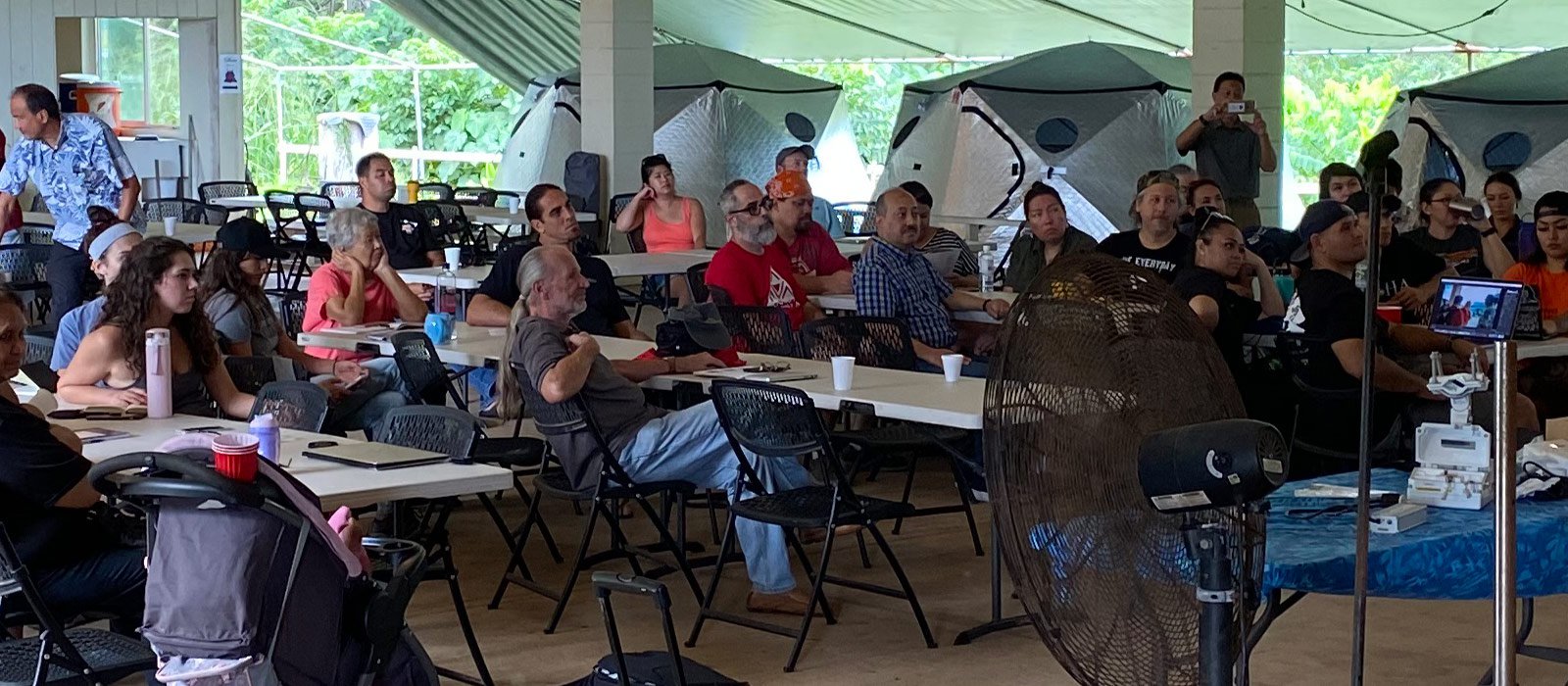
May 29, 2020
InterviewsThe 'cyber warrior' for Tribal broadband who’s helping transform Indian Country
A conversation with Matt Rantanen of Arcadian Infracom.
by Brandi Herrera
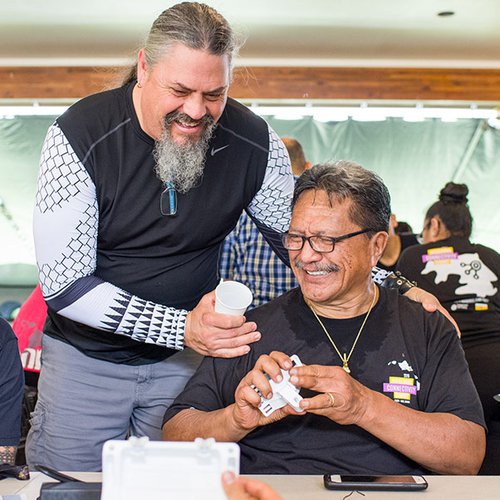
We clearly remember the first time hearing Matt Rantanen speak.
It was in Washington, DC on the second day of the NANOG 76 conference, and it’s fair to say our ears immediately perked up when his talk “Crossing The Technology Desert — Rural and Tribal Broadband” was announced. We got to hear Matt speak on the subject again, when he discussed the complications of Indian Country infrastructure at NANOG 77 in Austin, and how cookie-cutter solutions don’t apply when it comes to bringing this 21st century resource to North America’s first people.
The self-described 'cyber warrior for Tribal broadband,' whose work was recognized by Internet2 with the 2020 Rose-Werle Award, connected with us remotely to discuss all that he's doing at Arcadian Infracom, as well as the Tribal communities he’s worked with over the past two decades to draft policy and shape solutions for the connectivity problems faced by American Indian reservations in the United States.
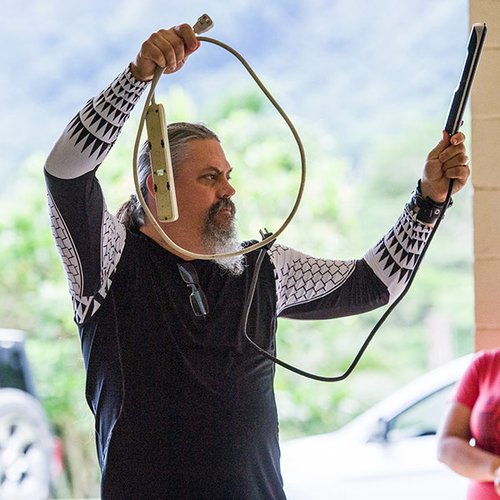
How, and when, were you first introduced to NANOG?
I've known about NANOG for quite a few years, but didn't understand a lot of the contacts I have in the industry attended NANOG [conferences]. I had been working with Internet Society (ISOC), and NANOG came up as a group that could be aligned with the Indigenous Connectivity Summit. It didn’t really click for me until I saw how Ed McNair was focusing NANOG on the unconnected more than NANOG had been before. As a result, I felt it was time to tell my story about the 20 years I’ve spent working from within Indian Country.
In what ways have you since become more involved with our community?
I was fortunate to speak at NANOG 76 and NANOG 77, where I got to share the Tribal perspective, and help NANOG’s membership grasp the issues Native American communities are dealing with. I also worked with ISOC on the 3rd Indigenous Connectivity Summit, where we were able to engage and collaborate with Ed.
I'd love to hear more about the summit. What did you take away from that gathering, that our community should also know about?
It’s a crucial, and unique, event. There is currently no other North American gathering of Indigenous networking-minded folks, and it’s so important for our communities to see others like themselves building and operating networks. The essential sharing of knowledge, and the support systems needed to promote this kind of connectivity, is mandatory to our survival. If you’re not digitally counted, you’re digitally eliminated.
I got to help the Community of Waimanalo install their own network, thereby taking sovereignty into their own hands. Not to mention interacting with all of the others building their own networks, where I saw their successes and failures firsthand, including knowledge-sharing and devising solutions for each other, so no one has to start from scratch.
“I got to help the Community of Waimanalo install their own network, thereby taking sovereignty into their own hands.”
What an amazing experience. Can you tell me more about what you do in your role at Arcadian Infracom as well?
Partnering and Business Development is my title, but it's sort of a Jack-of-all-trades position. I have a wealth of experience, having worked with many different organizations over the years to align their efforts to support development in underserved areas. Through Arcadia Infracom, I’ve been instrumental in the social-impact component of our relationship with unserved Tribal and rural communities as well. I’ve worked with 20 Tribal communities for the last two decades, and now also work with the National Congress of American Indians and their 360 membership Tribes to draft policy and shape solutions for Indian Country.
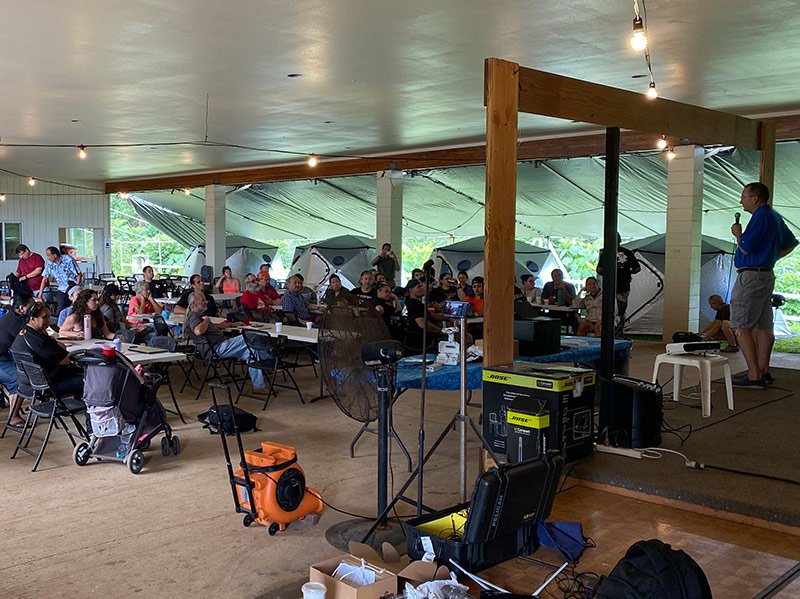
What are some of the policies you've drafted, or are working on drafting, right now?
Because I work with the National Congress of American Indians, I’m involved with all of the Tribal resolutions that generate from the 360 member Tribes. Along with Geoffrey Blackwell, my co-chair for the Tech and Telecom Subcommittee, we’re frequently looped into policy-making efforts throughout DC and the country.
I’m currently working on a number of things, including an extension to the Tribal Priority window for 2.5GHz (from Aug 3, 2020 to Jan 27, 2021); expanding the California Lifeline funding mechanism to support broadband for those that qualify, funneling that money to small providers and away from the incumbents that have repeatedly failed to deploy to Indian Country; supporting folks developing legislature on emergency funding for broadband deployment specific to COVID-19, as well as broadband network planning; and fielding calls for counts of specific needs on the ground related to devices and connectivity for local Tribes, and some on the national level.
Can you expand a bit more on the initiatives you’re working on that support Indigenous connectivity?
We’re working to identify and integrate the opportunities along the fiber routes that the communities need in order to have access to the fiber — from Tribal governments and municipal operations, to their education facilities, and existing network infrastructure, or supplementing their future plans. This is the same method used when working with small-town USA to provide solutions for the same set of needs.
Another initiative I’m working on is to leverage the relationships we have with Tribes and small towns, with the relationships we have with corporations who have programs that serve community needs within the realm of training, equipment, digital literacy and engagement.
That's so great — what corporations in particular have you connected with in support of the latter?
We’ve worked with Microsoft, Google, Amazon, the San Diego Foundation, California Emerging Technology Fund, and many more.
In what ways does all of this work hit home for you?
There's a large group of people within the Tribal population that have earned degrees in higher education, many of which are technical in nature, but they need broadband to be able to support working in that field. This is such a key component of what’s on the minds of today's telecommuting professionals.
The employment base of the future is spread throughout the country, so bringing broadband connectivity to unserved areas allows those individuals to pursue a career in their field of study without having to leave their community.
“Greater broadband access allows for continuing education, and education at all, especially during the coronavirus pandemic.”
In addition to providing people with the freedom to work remotely, greater broadband access would also allow for at-home education, yes?
Greater broadband access allows for continuing education, and education at all, especially during the coronavirus pandemic.
It’s so critical. In light of that, can you share something you’re hoping to accomplish this year; with work, or otherwise?
Once the first routes get into full construction phase and are on a timeline for completion, I plan to focus a key portion of my time on getting services delivered to the Tribal and rural communities we work with. These are services that can help supplement and enhance their lives, without uprooting and disrupting them. I’ll be working with these communities to identify their internal needs, and to share solutions they may not even be aware of yet, while also helping them devise their own.
Photos by Christopher Mitchell and Matthew Rantanen
Interested in learning more about NANOG Outreach, or partnering with us as an ambassador of your community? Read more, here, or reach out to us to start a conversation — we'd love to collaborate with you.

Recent Articles
April 11, 2024 • News
NANOG 91: Things To Do + See in Kansas City
Check Out Landmark Attractions While Attending Our Next Meeting
Kick off the summer season with some mouthwatering BBQ and all that jazz. NANOG invites you to join us for our upcoming virtual and in-person meeting, NANOG 91, in Kans…
Learn MoreMarch 15, 2024 • NANOG TV
WATCH NOW - Experience a NANOG Meeting
Our last meeting may have come and gone— but the memories will last forever! Check out some familiar faces + learn what makes a NANOG meeting special.
Learn More
March 15, 2024 • Interviews
What’s it Like to Sponsor NANOG?
Q + A with Sponsor IPv4.Global's Lee Howard
Imagine you're attending a premier technology conference with a long-standing reputation for hosting the most cutting-edge talks with the most influential Internet leade…
Learn More
